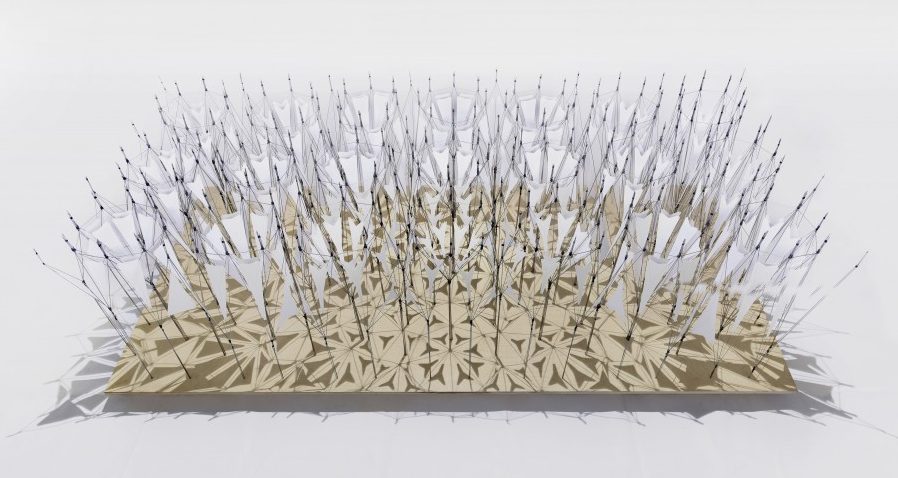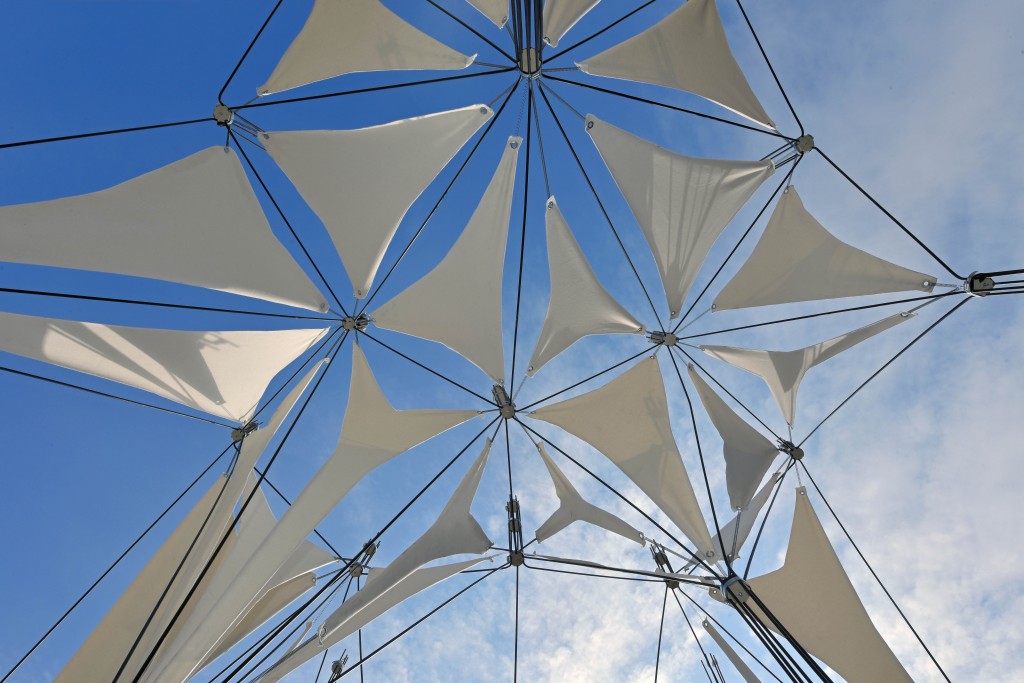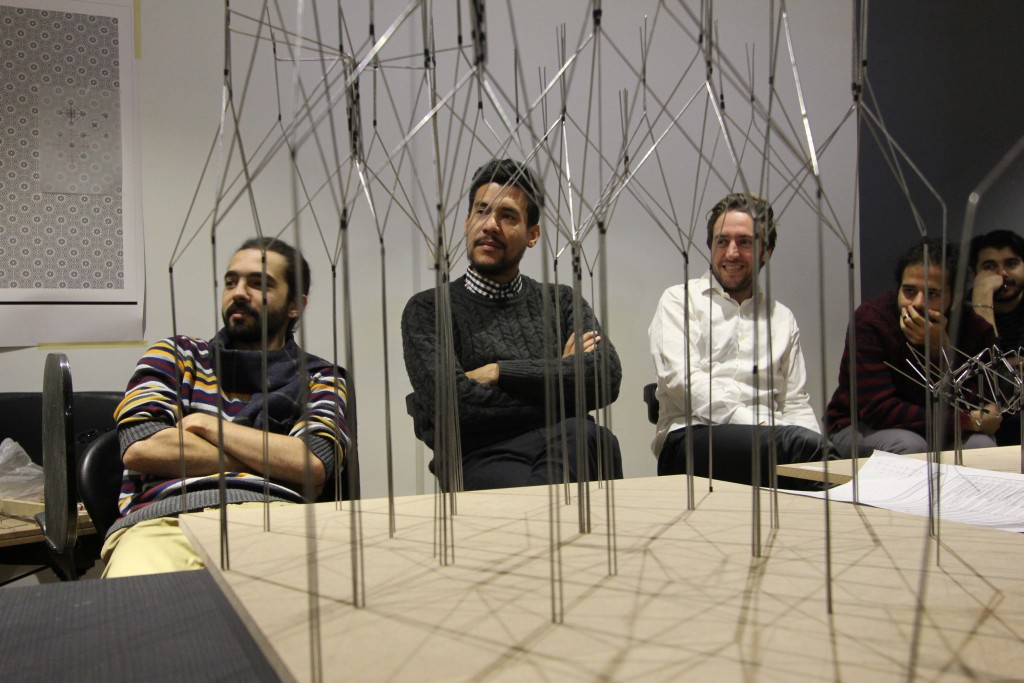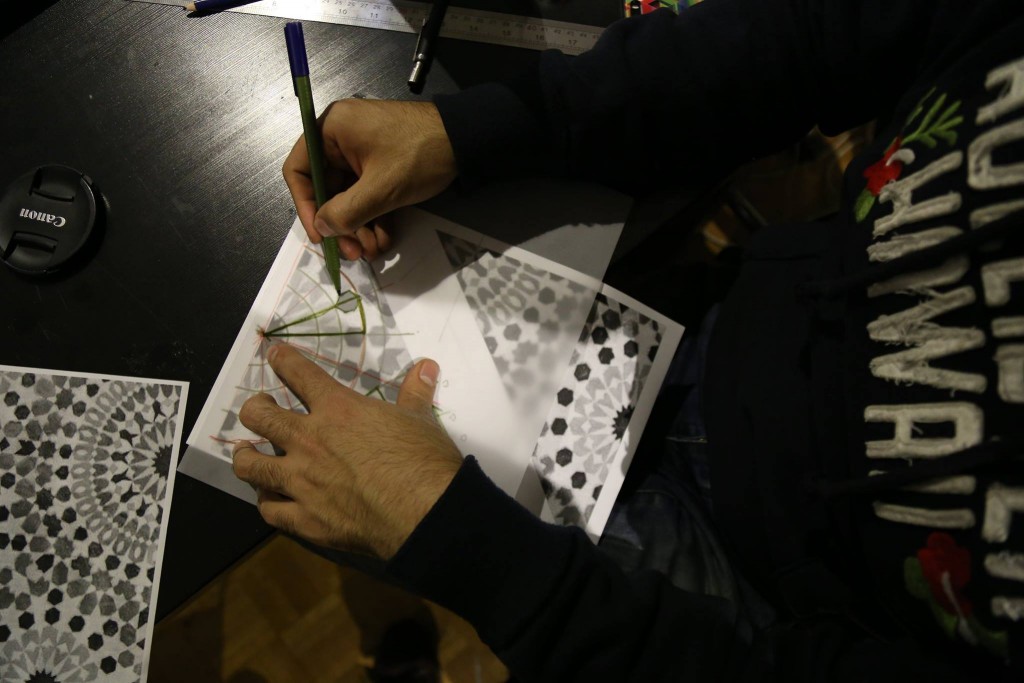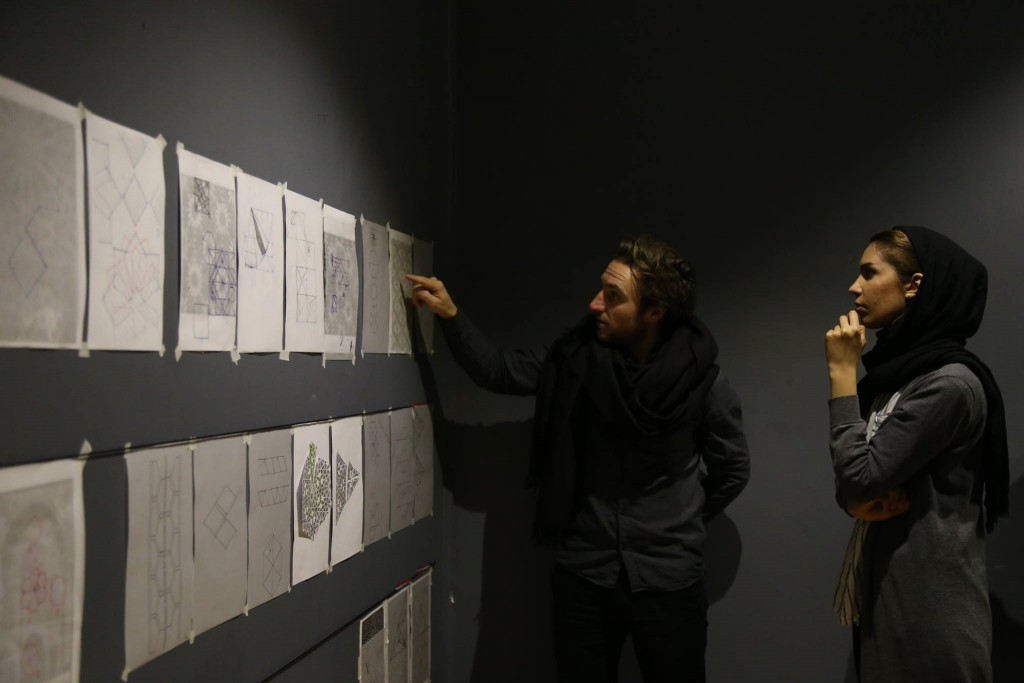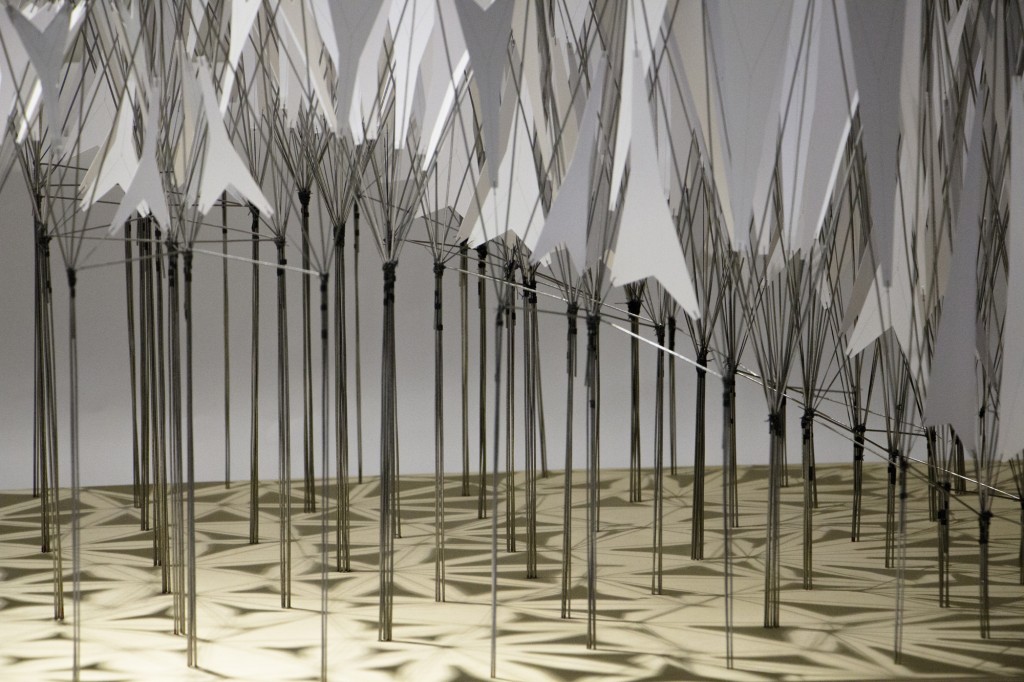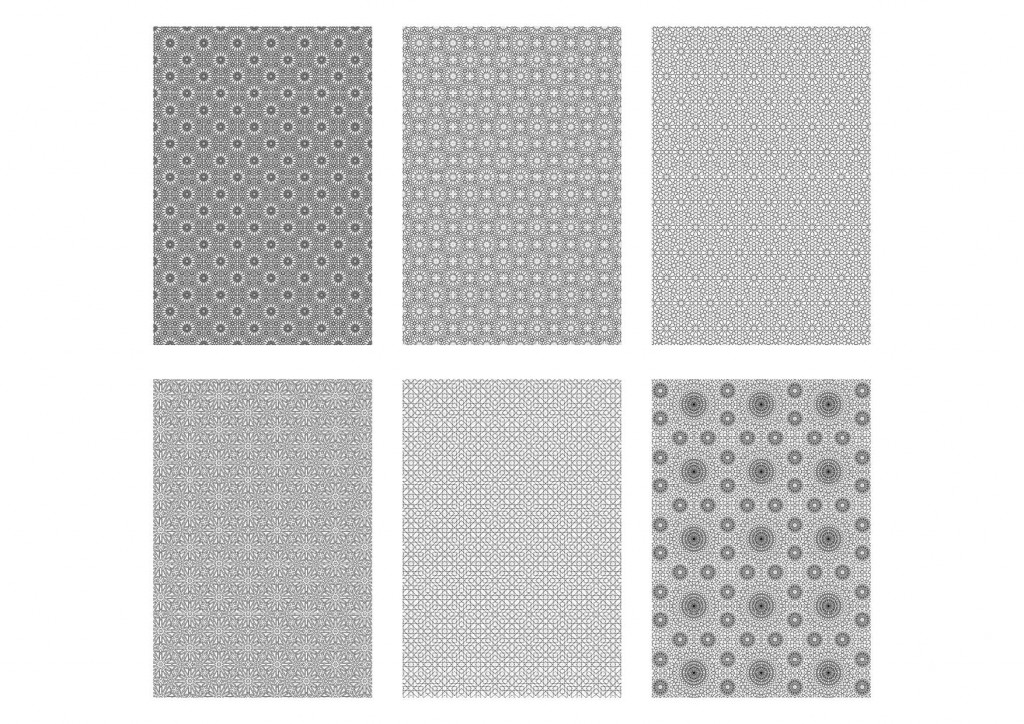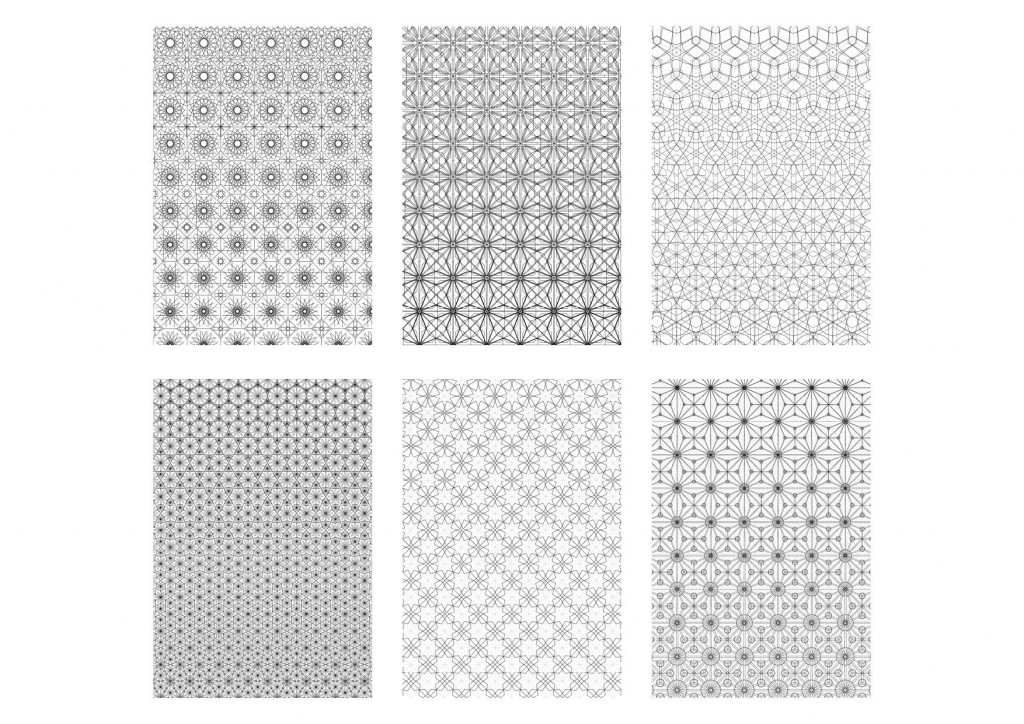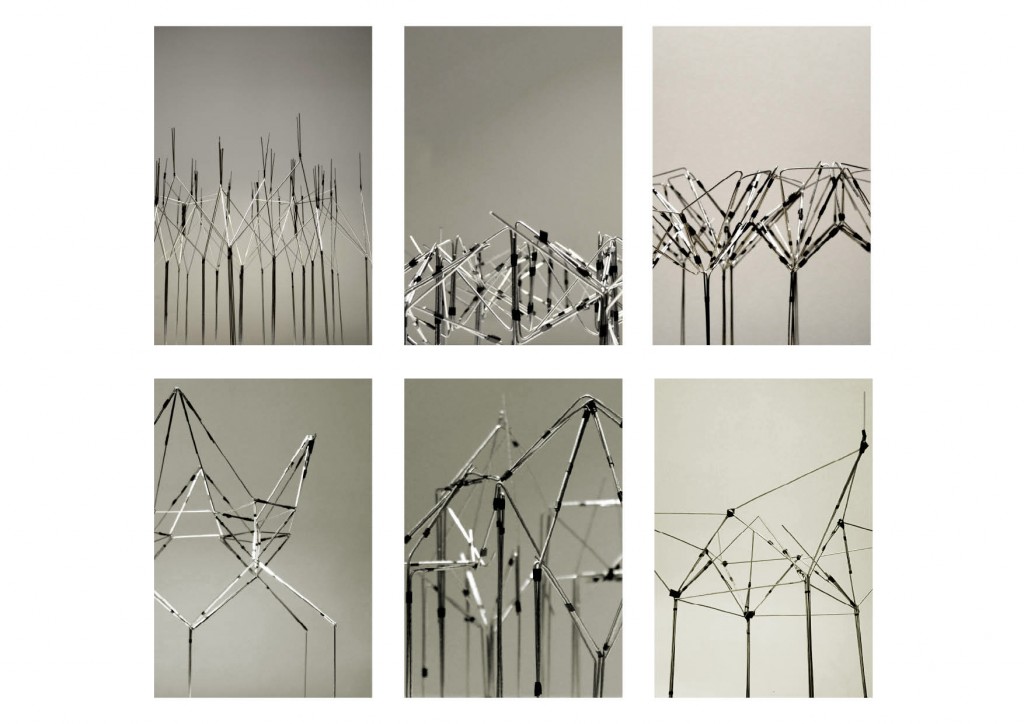DeltaZ Workshop in Tehran
Architecture is a discipline that forces mathematics to escape the theoretical realm and confront the tangible. With Islamic patterns – as a singular example of the integration of mathematics in design – the application in the world of craft, as ceramic tiles, results in the complex non-hierarchical superficial motives that ornament so many spaces of the Islamic world.
The tile patterns contain a hidden system: a code – or an algorithm – or even a game of simple geometrical operations of symmetry and rotations, materially absent, yet strongly perceivable in its form because of its effect as an organisational system. The tiles are placed according to these rules, on either side of an imaginary axis, the axis is not physically constructed; it simply dictates an order as a network of hidden lines.
In the physical realm of craft, the ceramic tile is one of the typical material expressions of the mathematical system. A few polygonal tiles are used (differentiated by colour and form), placed and rotated systematically along a matrix, to create a seemingly infinite field of stars. Having to rationalise -or optimise- his production, the craftsman replicates the same piece in colour and form, bound to the template, to the act of repetition: the outcome is a mosaic of repetitive pieces of ceramic.
In history, the requirements of the craftsman constrained the mathematician: we now know that mathematics were then much more advanced that the ones needed for the construction world.
Today, techniques have evolved thanks to the digital revolution. Design and fabrication can be parametrised, meaning that the necessity to repeat elements, polygons or tiles, vanishes to the potential of differentiation. Furthermore, digital simulation and modelisation, structural and topological analysis can help us to understand the geometrical systems as three-dimensional structures.
The research sets to challenge the superficiality of a geometric system by giving it depth, addressing its structure capacity and to deploy potentials of inhabitation. Rather than a canopy, a pavilion or a building, the experiment is simply an attempt to construct space, remote from any architectural typology; it can be defined as one of the many inhabitable material expressions resulting in the “three-dimensionalization” and parameterisation of a mathematical system of grids.
Workshop at the Contemporary Association of Architects, Tehran 2017
From the 20th of to the 30th of January 2017.
Organised by:
Contemporary Association of Architects, Tehran
Conducted by:
Rodrigo Aguirre and Edouard Cabay
Assisited by: Ramtin Taherian
Collaborators:
Appareil (early research by Hsin Li and Jenrung Hong)
www.appareil.org
Photography:
Deed Studio
Students:
Armin Badian, Bahar Bagheri, Negar Bisadi, Soroush Garivani, Reza Hesami Sarvenaz Hosseini, Aida Jahanshiri, Amir Javdan, Marjan Khaleghi, MohammadReza Mahjuri, Arman Najjari, Ghazal Rafalian, Nematollah Safari, Sarvin Sarabi, Oveis Shahnaee, Mandana Tanbakouei, Amirali Zinati.
Special participating assistance from Paniz Farrokhsiar.
